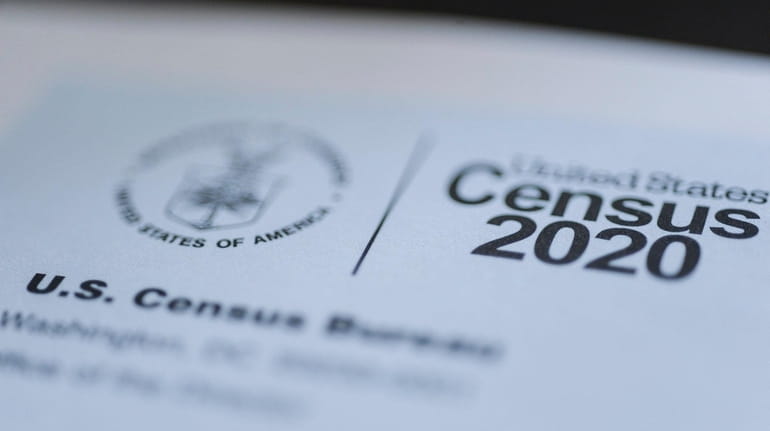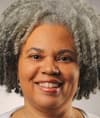Some minority groups continue to be undercounted, Census Bureau analysis shows

Census Bureau director Robert Santos noted the undercount of minorities "historically" has been a problem. Credit: AP/John Roark
The U.S. Census Bureau's analysis of the quality of the 2020 census estimated Latinos and Black people, and Native Americans living on tribal lands, continued to be undercounted, some at rates even higher than in 2010.
In response to advocates' concerns, bureau director Robert Santos, appointed in January, said during a virtual news conference Thursday that he placed a "high priority" on outreach to various groups to tackle the issue and noted the census undercount of minorities "historically" has been a problem.
While the bureau's analysis was provided only at the national level, two regional experts — one involved in Long Island census outreach efforts and the other who consulted with local groups by providing census statistical analysis — said the undercounts of some groups, and overcounts of others such as non-Hispanic whites and Asians, pointed to these concerns playing out locally.
Undercounts were the reason so much focus was placed on reaching minority communities, especially, to fill out the census questionnaire, they said. They also cited enormous challenges to census 2020 data collection.
"Although the results published today show substantial undercounts for many populations of color, during the 2020 census people were very concerned these numbers could have been much worse because of the pandemic and all the meddling of the prior [presidential] administration," said Steven Romalewski, director of the CUNY Mapping Service at the Center for Urban Research, the Graduate Center at the City University of New York. "It's definitely worrisome that the undercounts for communities of color are not only still there but worse than they were in 2010."
Rebecca Sanin, president and CEO of the Health and Welfare Council of Long Island, which coordinated the Island's "Complete Count" census outreach efforts, noted the challenges ranged from the pandemic making "traditional door-to-door outreach" less feasible, to the Trump administration's attempts to place a citizenship question on the census. Those attempts were disallowed by the courts, but Sanin said they fueled hesitancy among some immigrants to answer the questionnaire.
"I remain incredibly proud of the work Long Island did to advance an accurate count, despite tremendous obstacles and assaults on accuracy," Sanin said.
The bureau conducted what it said was independent analysis of the census using two different statistical methods: the Post-Enumeration Survey, which conducted interviews with a sample of the populaton, and the Demographic Analysis, which used vital records and other data.
According to the Post-Enumeration Survey, American Indians or Alaska Natives living on "reservations," as the bureau called tribal lands, were undercounted by 5.64% in 2020, up from 4.88% in 2010. Hispanics/Latinos were undercounted by a rate of 4.99% in 2020, up from 1.54% in 2010, all statistically significant.
For Black people, the undercount was estimated at 3.30% in 2020, which the bureau said was not statistically different from the undercount in 2010, which was 2.06%.
The survey estimated that non-Hispanic whites were overcounted at a rate of 1.64% in 2020, up from 0.83% in 2010. Asian people also were overcounted, according to the survey, at 2.62% in 2020, up from 0% in 2010.
The census count drives the distribution of $675 billion to $1 trillion in federal funds annually to states and localities for myriad programs. The nation's total population is over 331 million, according to the count.
The analysis did not find a significant overcount or undercount of the population overall, which was consistent with recent censuses. But, Romalewski noted, it estimated an undercount of children under age 5, which could compromise the accuracy of predicted student populations at some schools.
"Let’s say your community has a big influx of kids about to go into grade school. ... All of a sudden, there's a lot more of them than people expected. The classrooms are overcrowded and teachers overworked. That's not good for education," Romalewski said.

